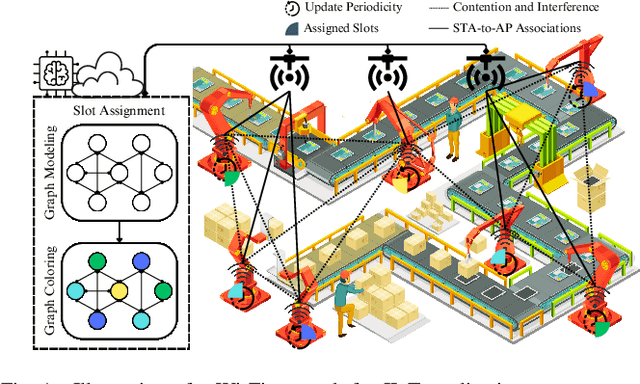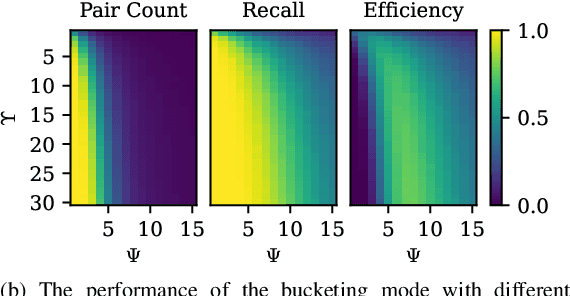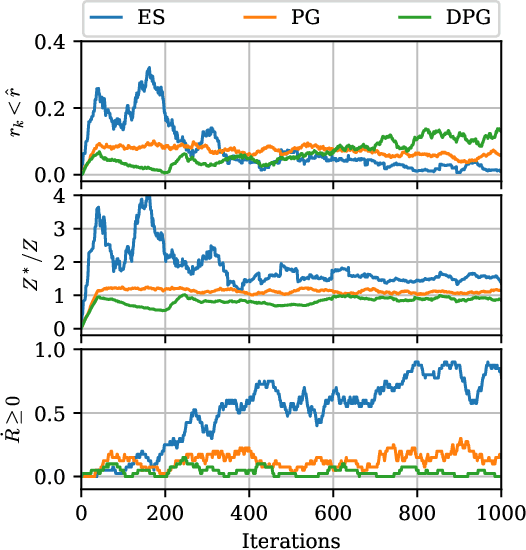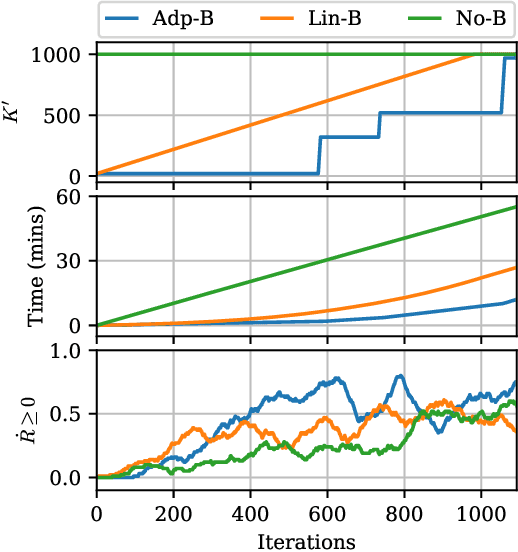ScNeuGM: Scalable Neural Graph Modeling for Coloring-Based Contention and Interference Management in Wi-Fi 7
Paper and Code
Feb 05, 2025



Carrier-sense multiple access with collision avoidance in Wi-Fi often leads to contention and interference, thereby increasing packet losses. These challenges have traditionally been modeled as a graph, with stations (STAs) represented as vertices and contention or interference as edges. Graph coloring assigns orthogonal transmission slots to STAs, managing contention and interference, e.g., using the restricted target wake time (RTWT) mechanism introduced in Wi-Fi 7 standards. However, legacy graph models lack flexibility in optimizing these assignments, often failing to minimize slot usage while maintaining reliable transmissions. To address this issue, we propose ScNeuGM, a neural graph modeling (NGM) framework that flexibly trains a neural network (NN) to construct optimal graph models whose coloring corresponds to optimal slot assignments. ScNeuGM is highly scalable to large Wi-Fi networks with massive STA pairs: 1) it utilizes an evolution strategy (ES) to directly optimize the NN parameters based on one network-wise reward signal, avoiding exhaustive edge-wise feedback estimations in all STA pairs; 2) ScNeuGM also leverages a deep hashing function (DHF) to group contending or interfering STA pairs and restricts NGM NN training and inference to pairs within these groups, significantly reducing complexity. Simulations show that the ES-trained NN in ScNeuGM returns near-optimal graphs 4-10 times more often than algorithms requiring edge-wise feedback and reduces 25\% slots than legacy graph constructions. Furthermore, the DHF in ScNeuGM reduces the training and the inference time of NGM by 4 and 8 times, respectively, and the online slot assignment time by 3 times in large networks, and up to 30\% fewer packet losses in dynamic scenarios due to the timely assignments.
 Add to Chrome
Add to Chrome Add to Firefox
Add to Firefox Add to Edge
Add to Edge